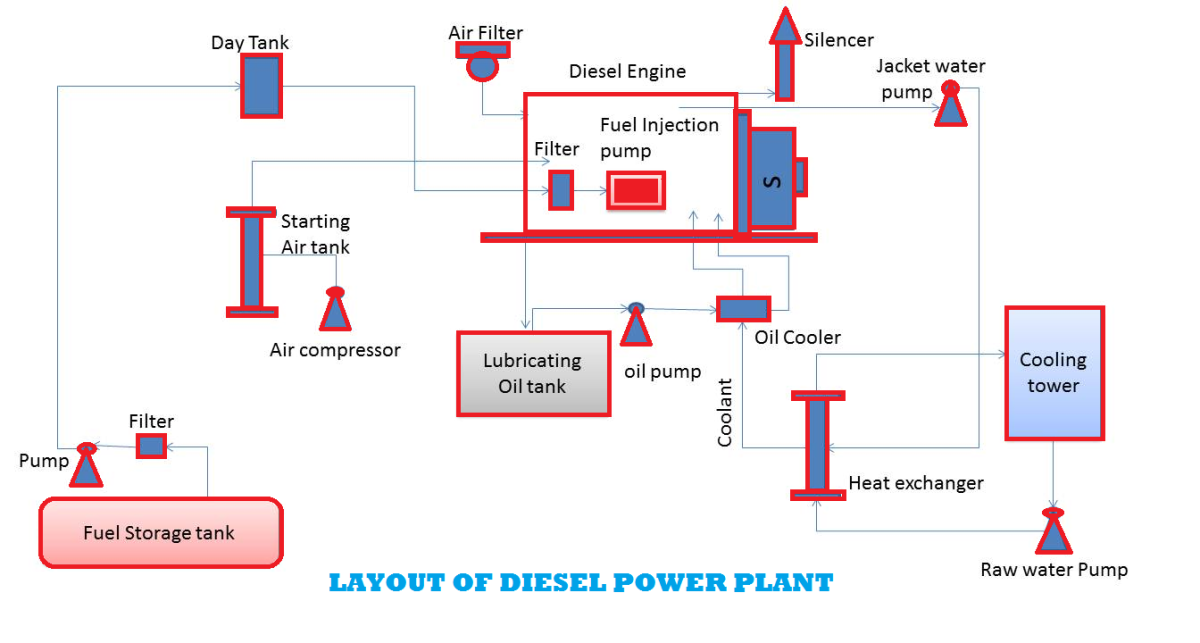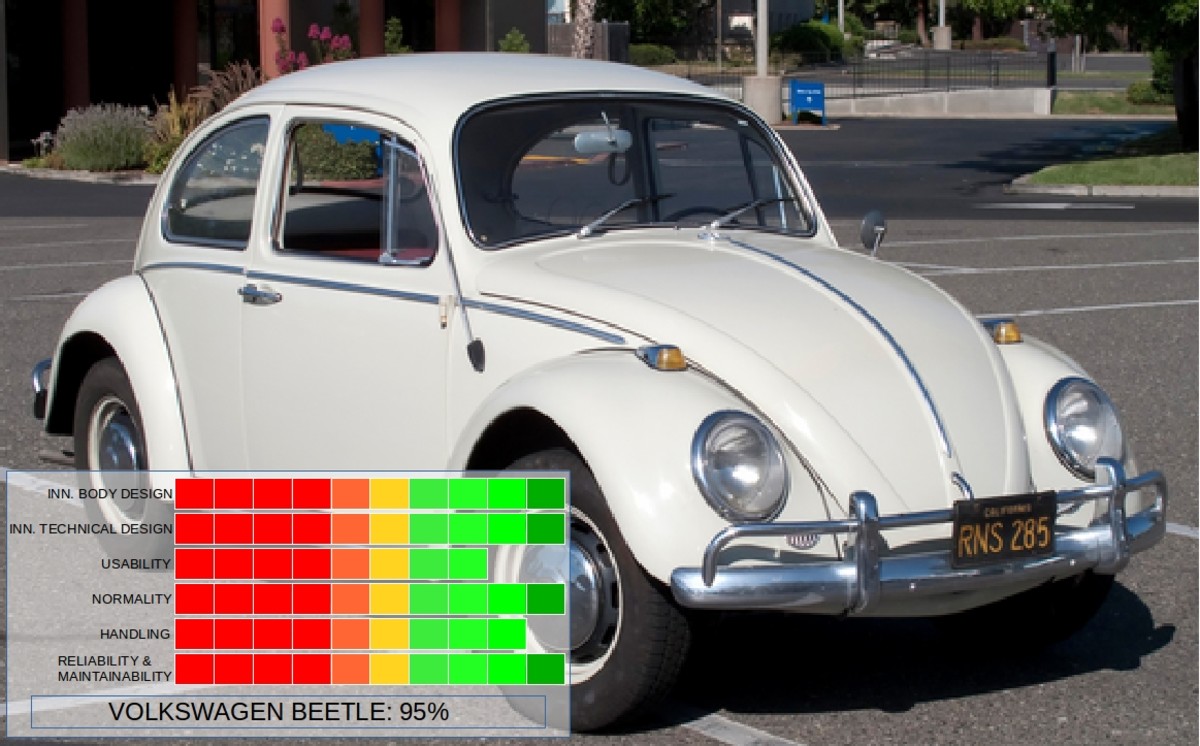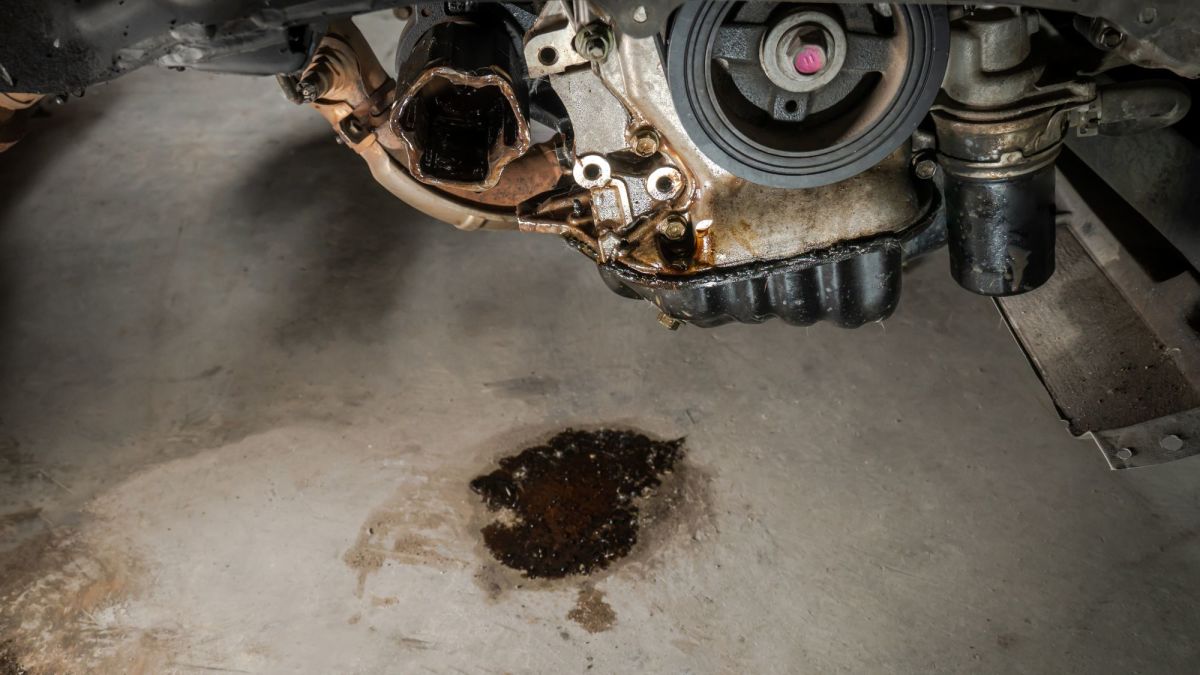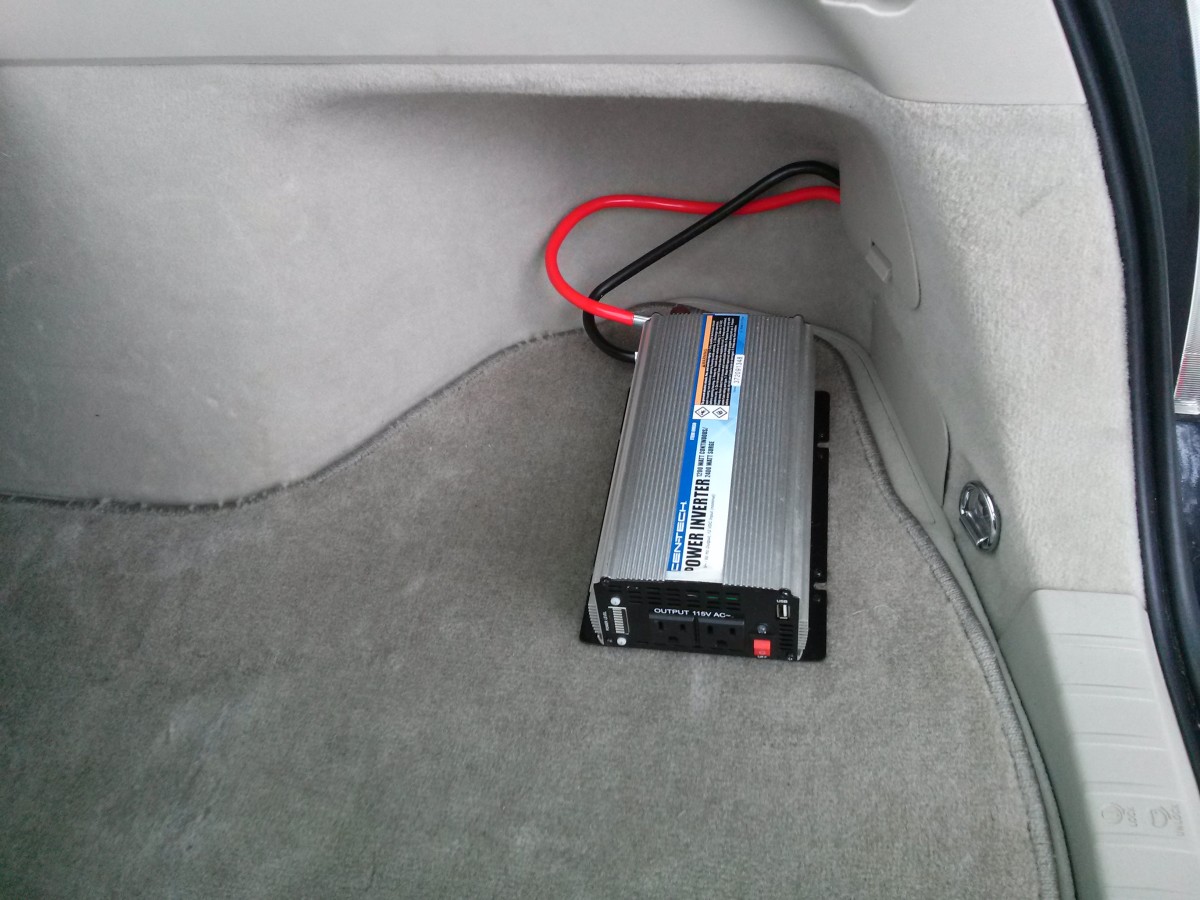Make your own diesel fuel for your car!
Chemistry of Biodiesel
So what actually happens when you mix the ingredients together? Well I am glad you asked. When you first mix then lye with the methanol you will get meth oxide. This is the result of methanol binding to the potassium hydroxide molecules. While this chemical reaction happens it will expand, so be sure to use an open container with plenty of ventilation so that the liquid has room to expand. when you mix the meth oxide with the vegetable oil then real magic happens. First of all in any type of oil molecule there are glycerin molecules and glycerin molecules are very goopy and thick. This is the part you want to get rid of. So we pour the meth oxide into the veggie oil in order to strip the glycerin from the rest of the molecular structure. What happens during the chemical reaction is the glycerin breaks off of the oil molecule and sinks to the bottom while the rest of the oil molecule binds to the meth oxide effectively making biodiesel. These molecules that bind with the meth oxide are called triglycerides.
Ingredients to Biodiesel
What you will need to make your own batch of bio diesel is...
70 grams of lye a.k.a Potassium Hydroxide
1/2 gallons of Methanol
3 gallons of filtered waste vegetable oil
Clean Energy

How to make Biodiesel
In order to make your own bio diesel you must first make meth oxide by combining the 70 grams of lye with the 1/2 gallon of methanol and swirling it around until thoroughly mixed in an open lid container. This allows the liquid to expand without building up pressure like it would in a closed lid container. This reduces the risk of the container exploding due to the expansion inside caused by the chemical reaction. You then take your meth oxide and mix it with the 3 gallons veggie oil. The next step is to close the lid and shake vigorously. Then let the batch sit for about 4 days. After the 4 days has passed you will notice a separation of liquids has occurred within the container. The goopy stuff at the bottom is called glycerin and this is the byproduct of the experiment. Whats cool about glycerin as the byproduct is that you can use it as fertilizer or make really good soap with it. Oh yeah and that gold colored liquid on top my friend is bio diesel that is ready to be put into any diesel. Now all you have to do is drain off the glycerin and you are left with bio diesel that is ready to be used as fuel.
Rudolph Diesel
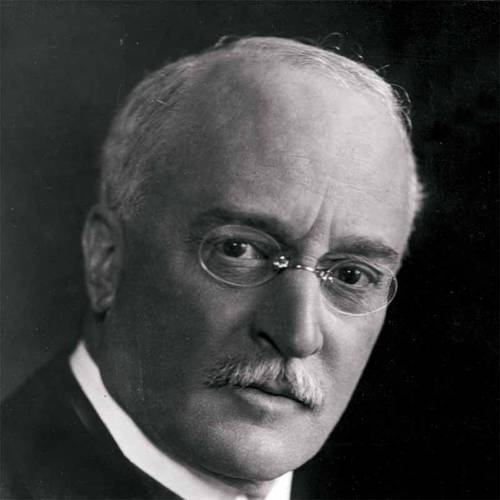
History of diesel engine
The diesel engine was invented by a German inventor by the name of Rodolph Diesel. The engine had a goal to be more efficient than all of the existing engines at the time. The diesel engine was not only successful in be more efficient that the existing engines at the time, it was also drastically more efficient. Today diesel engines are still know for their efficiency and also for their longevity. The original diesel engine was also meant to run on a variety of vegetable oils, but mainly peanut oil. Today you can still run your diesel off of straight vegetable oil. The only reason why people don't is because when oil gets cold it gets thick and can clog the fuel lines. So that is why we make biodiesel. It removes the thick glycerin molecule from the equation making the finished product thinner.
Homemade Bio diesel
Bio diesel performance!
So many people want to know about the performance of bio diesel and I can tell you that it is superior to regular diesel in every way. Bio diesel will make your diesel engine run much cleaner. It may also clean out a lot of the gunk that is built up in your gas tank and fuel lines. So you may want to change your fuel and oil filter because the gunk that is loosened by the new fuel can cause those filters to become clogged.
Bio diesel car

Which diesel car would you rather have?
All you need to do in order to run your car on waste veggie oil is...
Well nothing really. You can technically run your diesel on veggie oil without any modifications, however a problem arise when the oil gets cold. The oil becomes thick when it is cold, so we install a separate gas tank just to warm the oil. This allows the oil to flow much easier and prevents the clogging of the fuel system.



